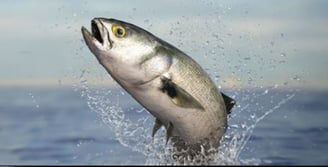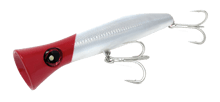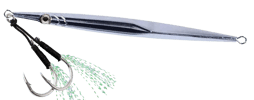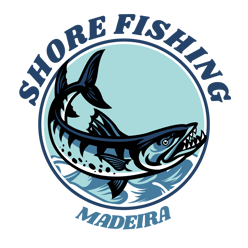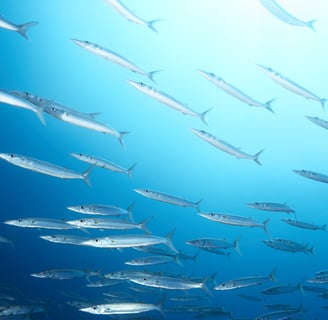Everything You Need to Know About Bluefish in Madeira
Comprehensive guide to shore fishing bluefish in Madeira techniques, seasonal behaviour, bait strategies, and lure selection
FISHING TECHNIQUES
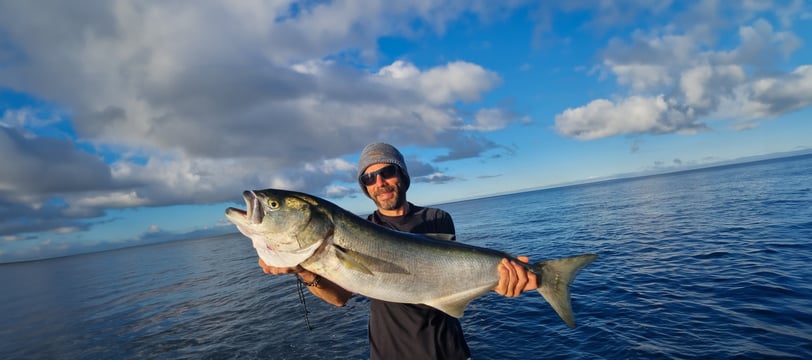

Everything You Need to Know About Bluefish in Madeira
Madeira’s rich waters are home to a variety of exciting fish species, and one of the most prized catches is the bluefish (Pomatomus saltatrix), locally known as anchova. Known for its aggressive strikes and strong fight, the bluefish is a popular target for shore anglers. This guide covers everything you need to know about fishing for bluefish, from the best times and effective techniques to its feeding habits and culinary uses.
Bluefish Overview
The bluefish (Pomatomus saltatrix) belongs to the Pomatomidae family, a species famous for its predatory nature. Bluefish are known for their speed, agility, and fierce feeding behavior. They typically hunt in schools, chasing down small baitfish like sardines, anchovies, and even squid. These fish are aggressive predators, making them an exciting and challenging catch for anglers.
In Madeira, bluefish can be found year-round in various sizes, from smaller individuals caught with live bait or shrimp, to much larger specimens, sometimes captured using live barracuda as bait. When it comes to spinning, the chances of landing a bluefish are always high, whether using jigs, poppers, or lures.
Reproduction & Seasonality
Bluefish in Madeira are present year-round, although their abundance fluctuates throughout the seasons. They spawn during the warmer months, primarily from April to September, but they can be found in the waters of Madeira all year long. The best time to target bluefish is typically in spring and summer, when they are actively hunting for food, but their presence during the rest of the year remains consistent.
Effective Lure Techniques
Bluefish are highly responsive to artificial lures, making spinning a particularly exciting and effective method from shore. Popper fishing is especially productive during surface activity, when bluefish are feeding aggressively—loud splashes and surface commotion often provoke explosive strikes. When the fish are deeper or less active near the surface, jigs (both metal and soft plastic) become ideal, allowing anglers to reach greater depths and work the water column with fast, erratic retrieves. Hard lures such as stickbaits and diving minnows also produce excellent results, particularly when they imitate the movement and size of local baitfish like sardines. While natural baitfish colours (silver, blue, white) are consistently effective, bright colours such as yellow, orange, and red can trigger strikes, especially in stained water or on overcast days. Success depends on adapting your approach to water conditions, light levels, and fish behaviour—faster retrieves tend to work better in clear water, while a slower, more subtle action can be more effective in murky conditions.
Live Baiting
When artificial lures aren’t producing results, live baiting can be very effective for bluefish, especially during times when they are feeding heavily. Using live sardines, anchovies, or even smaller barracudas can be successful in attracting these aggressive predators.
Float Fishing (Boya)
Float fishing is another common technique for targeting bluefish, especially when fishing in deeper waters. This method involves suspending your bait at a specific depth using a float (or buoy), allowing bluefish to target it more easily as they patrol the area in search of prey. It works particularly well when bluefish are feeding near the surface or in mid-water, and it tends to produce better results with younger specimens under or just above one kilo, which are more likely to approach suspended natural bait. Shrimp (camarão) is often the most effective bait for this technique.
Best Times for Spinning & Fishing Bluefish in Madeira
Bluefish are migratory and can be found in Madeira’s waters year-round, but the most active periods are typically from April to September. Early mornings and late afternoons are prime times for bluefish fishing, as they are actively feeding near the surface. The timing of the bluefish's presence can depend on the season and the color of the water, so varying the speed of your lure retrieval can sometimes make the difference in landing a catch. Long, fast pulls are recommended during clear water conditions, while slower retrieves are better for murkier waters.
Culinary Appeal
Bluefish is not only a thrilling catch but also delicious. Its flesh is firm, flavorful, and slightly oily, making it perfect for grilling, searing, or baking. In Madeira, bluefish is often prepared in local dishes, such as grilled bluefish with herbs, or incorporated into a traditional Madeiran fish stew. For a fresh, light option, bluefish ceviche is also a delicious preparation.
Bluefish Regulations
In the Autonomous Region of Madeira, bluefish (Pomatomus saltatrix), also known as Anchova for locals, is a commonly found species in its waters. There are no specific regulations identified that restrict its capture in Madeira. However, it is essential to practice responsible and sustainable fishing to preserve marine resources for future generations.
Conclusion
Fishing for bluefish in Madeira is an exciting challenge, offering anglers a chance to experience fast action and aggressive strikes. With the right technique and timing, bluefish can be targeted successfully year-round, whether using popper fishing, jigs, or live bait. Madeira’s shores provide the perfect environment for shore anglers looking to reel in this prized predator.
Remember, the key to success lies in knowing the best fishing times, adjusting your lure retrieval speed according to water conditions, and using the right techniques. Get ready for an unforgettable shore fishing adventure in Madeira!


